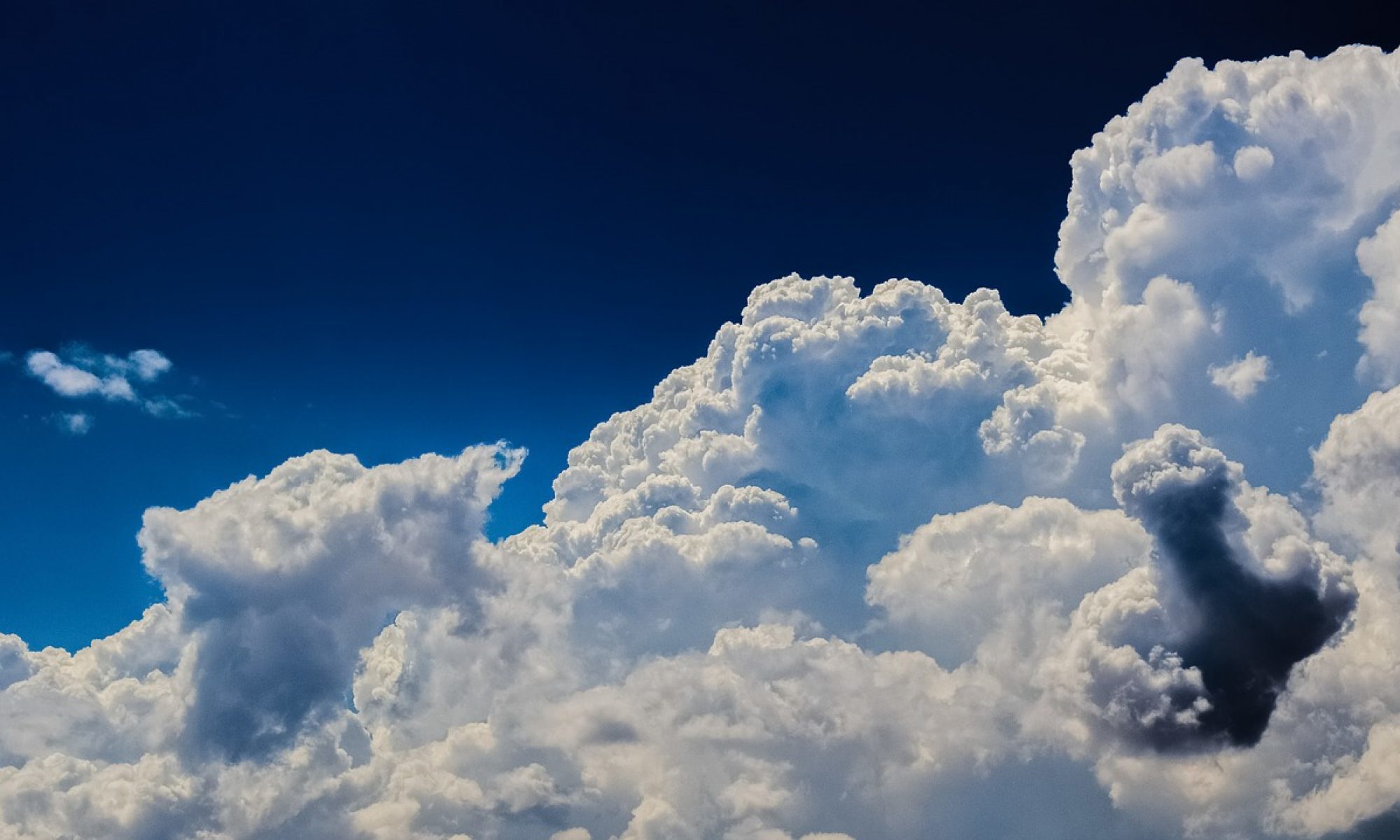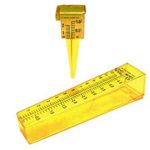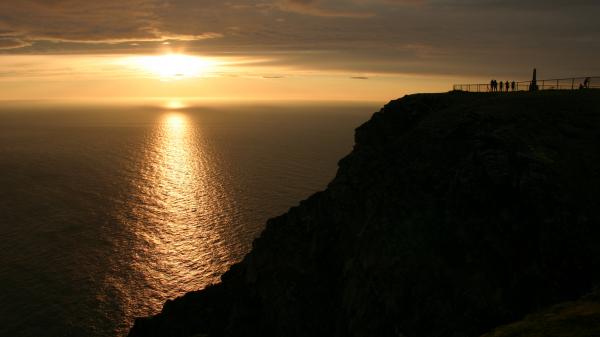Station Number: OH-HM-24
Station Name: Cheviot 3.4 W
Report Date: 9/26/2020
Submitted: 9/26/2020 6:03 AM
Scale Bar: Moderately Dry
Description:
Soils are very dry. No measurable rain here for 12 days and 1.30 inches of rain in September. Dry conditions have persisted here for weeks but in much of the local area for well over a month. Soils are very dry. Lawn here is going into dormancy but many lawns in the local area are in drought stress. Trees are dropping leaves. Lakes and rivers are low. Crops are brown or turning brown. Increasingly critical need to provide supplemental water to landscape trees and shrubs.
Categories:
General Awareness
Agriculture
Business & Industry
Plants & Wildlife
Society & Public Health
Water Supply & Quality
It’s dry and getting drier. Forecast calls for more dry weather in the coming weeks. Time to water! Please delay shutting down irrigation for the year.
–

–
This report is specifically for the Arbor Doctor’s location 3.4 miles west of Cheviot, OH, in the western suburbs of Cincinnati in southwest Ohio. This location is also an official cooperative observation site for the National Weather Service listed as Cheviot 3W.
What is the Condition Monitoring Report? See these links for more information:
Explanation of scale bar>>>
–



–
Search condition monitoring reports for the entire US>>> 


A large dry area has developed from southern Illinois into southwest and west central Ohio.
Please remember to water…correctly!
Water once per week, one inch per week, under the entire branch spread, in the absence of rain, May through November. Either rainfall or your watering should equal the one inch per week. Put out a sprinkler and a straight sided soup can or rain gauge and measure one inch per week.









